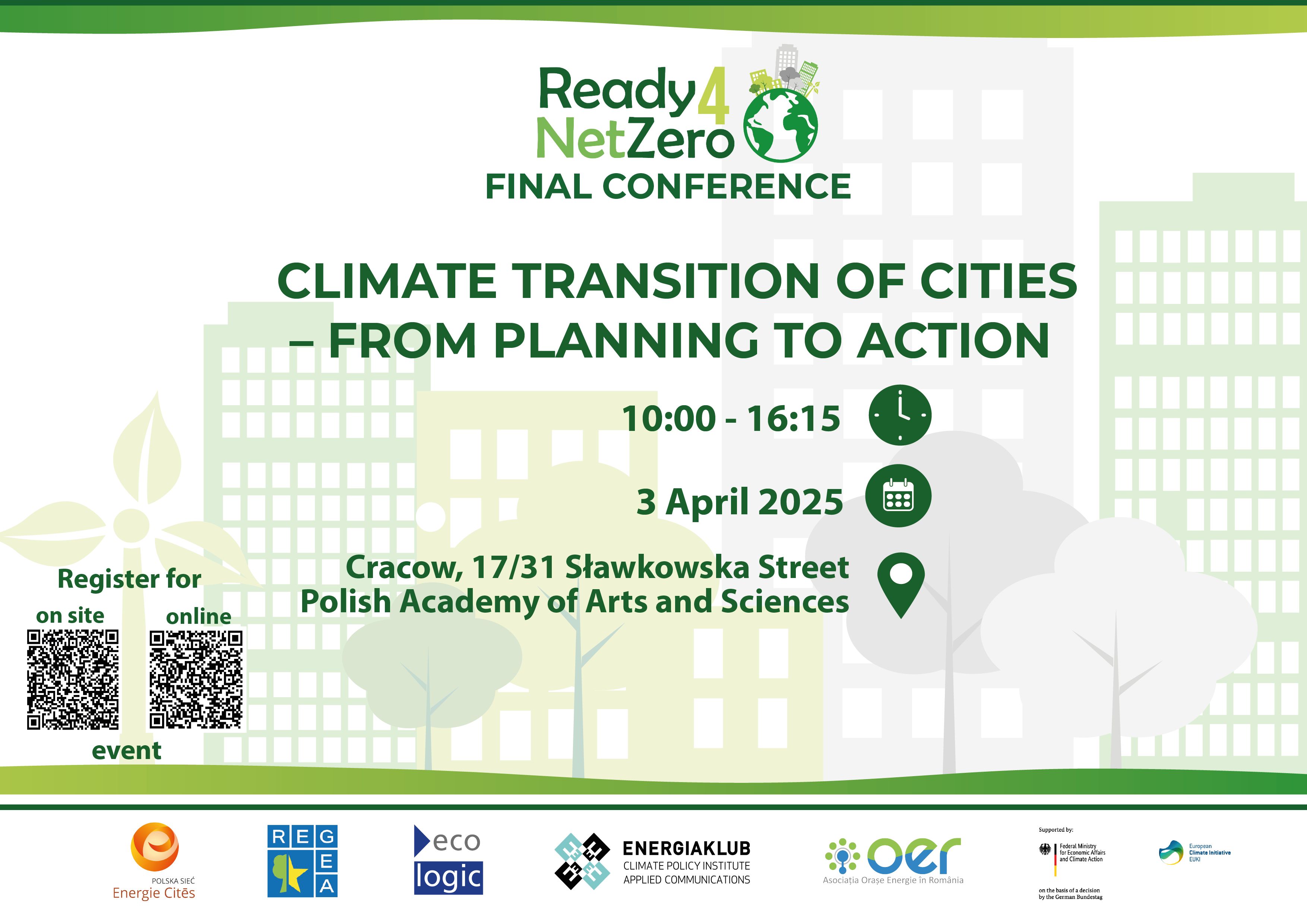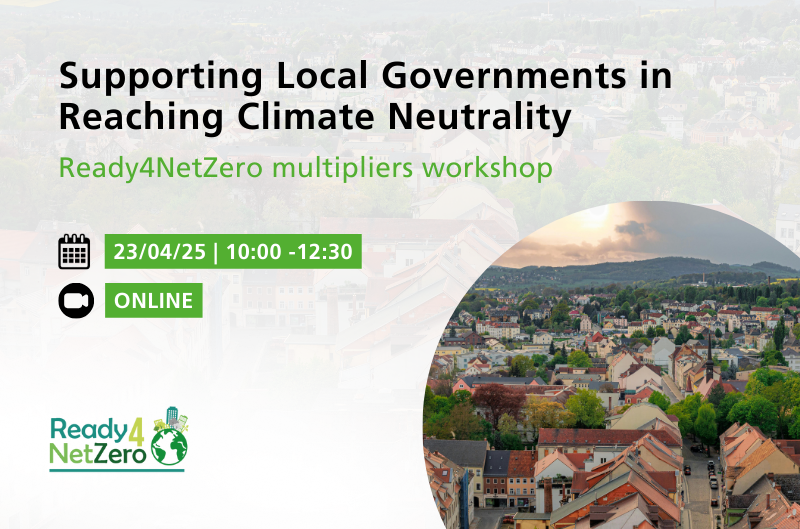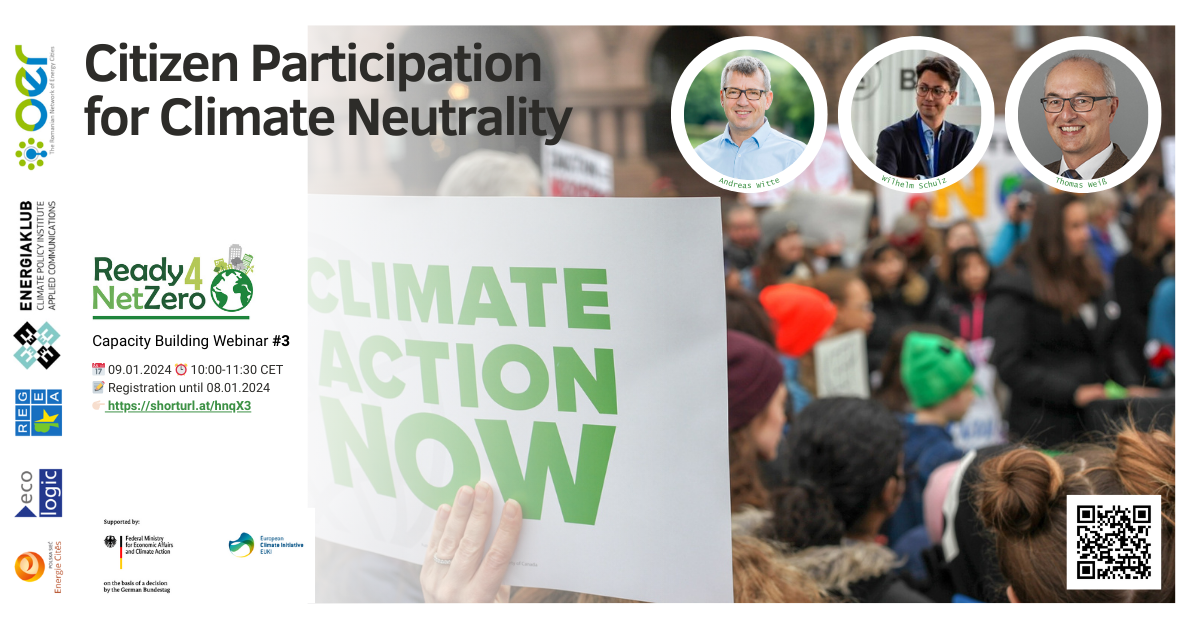Planning for Net Zero
Key Elements in Shaping Effective Local Long-term Climate Neutrality Strategies
- Publication
- Citation
Ecologic Institute 2024: Planning for Net Zero. Key Elements in Shaping Effective Local Long-term Climate Neutrality Strategies. Poster. Berlin: Ecologic Institute.
This poster conveys key content from the Ready4NetZero publication "Developing ambitious local long-term climate neutrality strategies". It outlines five key elements for effective local long-term climate neutrality strategies, including institutional and governance arrangements, multi-stakeholder engagement, formulation of a clear vision and verifiable targets, development of transformative pathways, and mechanisms to review and adapt progress. Each element is fleshed out through specific action steps, ranging from defining clear leadership roles to establishing robust monitoring systems. This content structure aims to inspire and guide local decision-makers and stakeholders to develop and implement their own strategies to achieve climate neutrality, supported by practical examples and recommended actions.
Design process and creative approaches
The poster design was created by Ecologic Institute. It is characterized by a clear and appealing design that aims to effectively communicate the key messages of the climate neutrality strategies. The design uses a structured and clear arrangement of information that allows the key objectives and strategies to be grasped at a glance. Interactive elements such as QR codes were integrated to facilitate access to further information and to build a bridge between the physical poster and digital resources.
Scientific and public engagement through visual communication
The poster serves as a visual communication tool for the Ready4NetZero project and aims to emphasize the importance and urgency of local climate neutrality strategies. Through the effective use of visual elements and design principles, not only the scientific community, but also the general public is addressed. The poster serves not only as a source of information, but also as a call to action by emphasizing the importance of inclusive and goal-oriented planning that relies on comprehensive data and active community participation.









